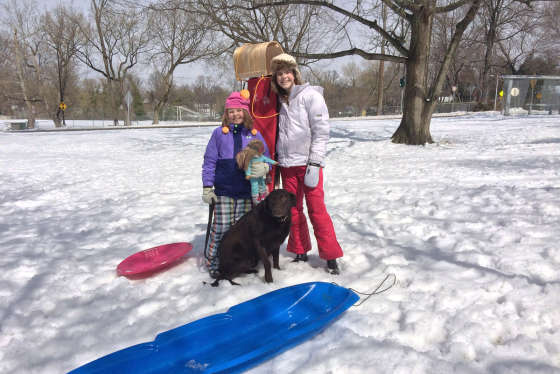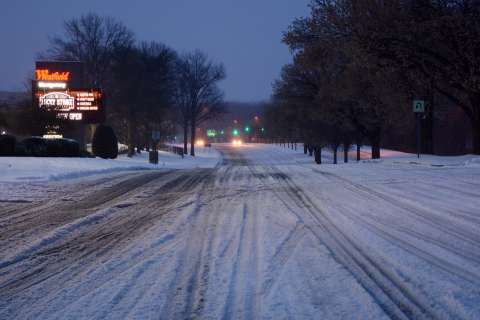WASHINGTON — Beware of back injuries and heart attacks when shoveling snow following this week’s storm.
“Lower back injuries are the most common injury with snow-shoveling,” said Dr. Allen Taylor, chief of cardiology at MedStar Heart & Vascular Institute. “That’s followed closely thereafter by getting hit by a snow shovel.”
Emergency departments see spikes in numbers of incidents of heart attacks and sudden deaths from heart attacks when the heaviest snow falls, said Taylor.
People can face an elevated risk of heart attack even a week after shoveling exertion. Although everyone could be at risk of a shoveling-related heart attack, Taylor said people who are older, who have known heart disease and who are inactive should be particularly cautious.
“It’s actually a rather intense physical activity from the heart’s perspective. It really gets your heart rate up. It really gets your blood pressure up. That creates risk for sudden attack,” said Taylor. “Strangely enough, men are more at risk [than women] for shoveling-related heart injuries or heart events. Why that is, we’re not quite sure.”
Symptoms of heart attack to watch out for include chest pain, dizziness, nausea and shortness of breath.
Taylor recommends the following strategies for safe shoveling:
- Keep your distance from others who are shoveling.
- Take it easy: Work at a slow pace.
- Work in small bouts of five or 10 minutes at a time.
- Use a small shovel to minimize the weight and load.
- Turn your body: Don’t twist your back when tossing snow.
- Use a snowblower.
“And of course,” added Taylor, “if you have a kid walking by offering to do it for $20, pay him.”









